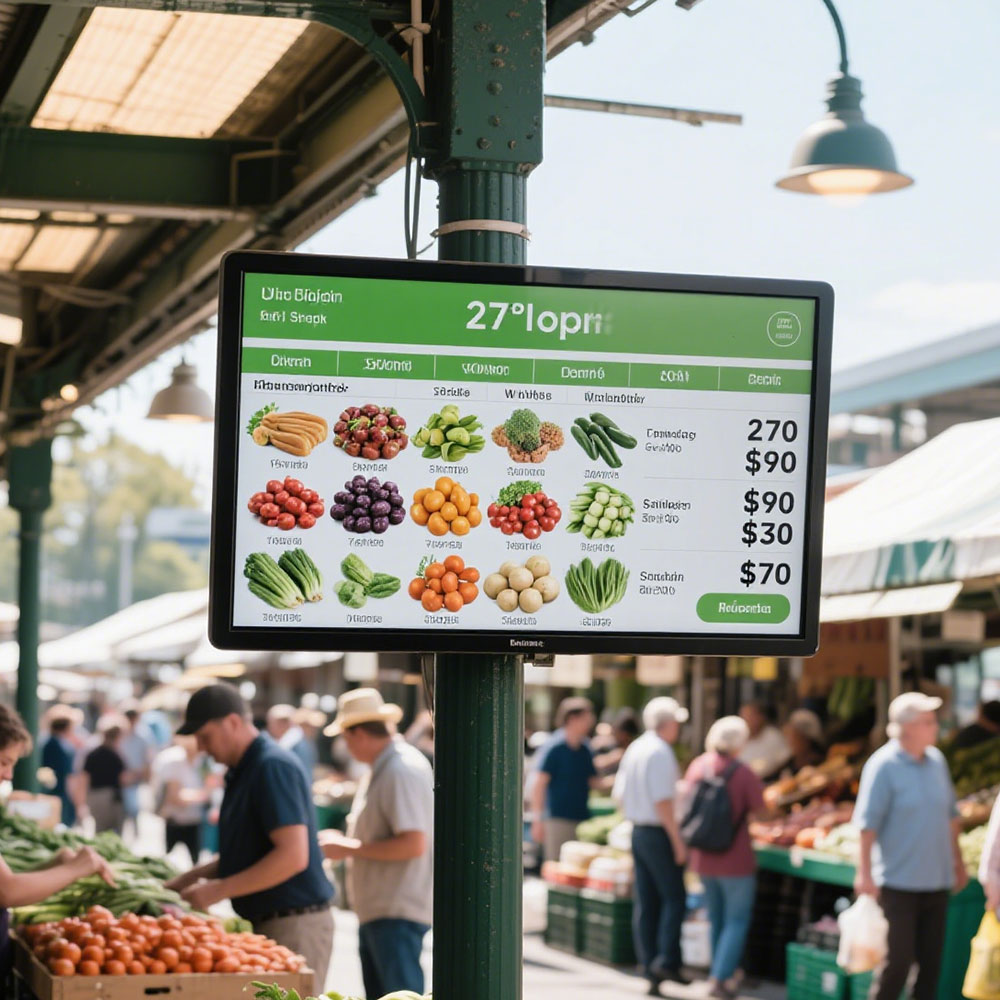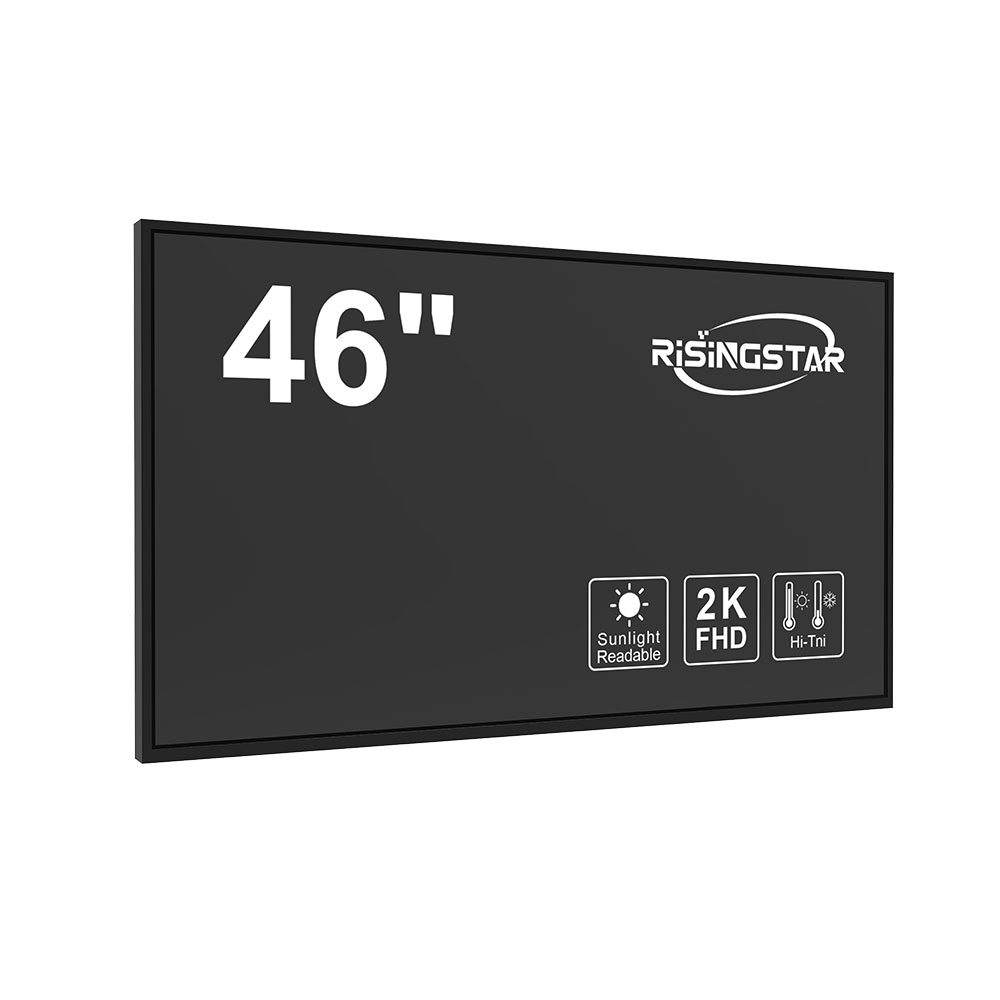Sunlight readable high brightness LCD screens are essential for outdoor applications where visibility under direct sunlight is critical. These displays, often rated at 5,000 to 10,000 nits of brightness, surpass standard indoor LCDs (typically 300–500 nits) and are engineered using advanced optical techniques such as anti-reflective coatings, polarized light filters, and enhanced backlighting systems. According to the International Electrotechnical Commission (IEC) standard IEC 62262, these screens must maintain legibility under solar irradiance levels up to 100,000 lux—common in desert or equatorial regions.
In military, industrial, and transportation sectors, these displays ensure operational safety and efficiency. For example, in aviation, cockpit HUDs (Head-Up Displays) use high-brightness LCDs to project navigation data onto windshields even in full sunlight. Similarly, in construction equipment, control panels with 7,000-nit displays enable operators to read critical diagnostics during daytime operations without squinting or adjusting position.
Manufacturers like LG Display, BOE Technology, and Sharp employ technologies such as IPS (In-Plane Switching) panels combined with local dimming LED backlights to optimize contrast ratios while minimizing power consumption—a key factor for battery-powered devices. Additionally, ruggedized designs incorporating IP65 or higher ingress protection ratings prevent dust and water damage, ensuring reliability in extreme temperatures ranging from -30°C to +70°C.
A case study by the U.S. Department of Defense revealed that replacing standard LCDs with 8,000-nit sunlight-readable displays on field communication units improved task completion time by 40% in combat scenarios. This highlights not just visual clarity but also cognitive performance gains under stressful conditions.

For developers integrating these screens into embedded systems, compliance with MIL-STD-810G environmental testing standards is crucial for long-term durability. Modern solutions now include touch-sensitive variants that function reliably even with gloves, further enhancing usability in cold climates or hazardous environments.
Ultimately, the evolution of high-brightness LCD technology has shifted from mere brightness metrics to holistic system design—balancing luminance, power efficiency, thermal management, and human factors engineering. As global demand rises for outdoor digital signage, mobile command centers, and IoT edge devices, sunlight-readable LCDs remain a cornerstone of mission-critical display innovation.








